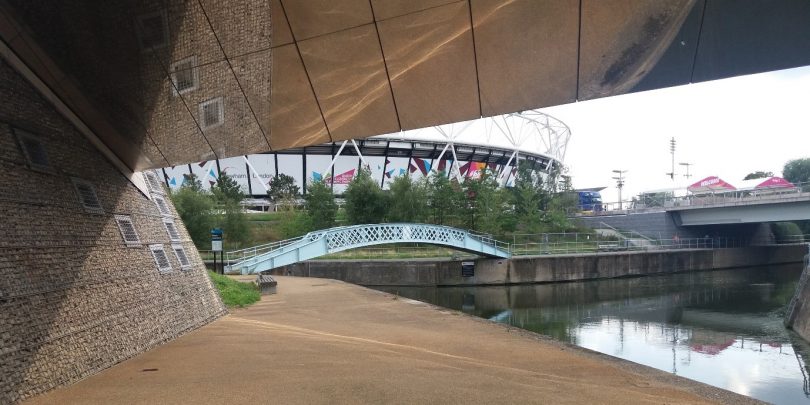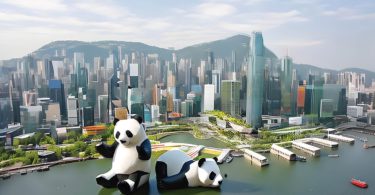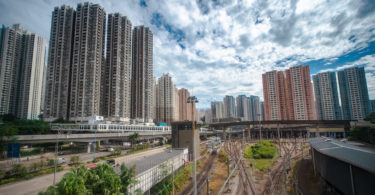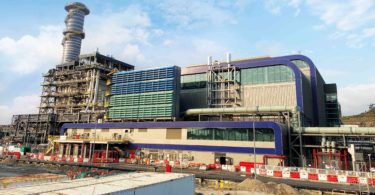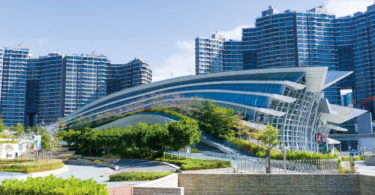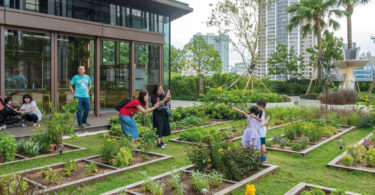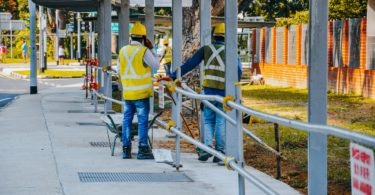Green infrastructure, not road infrastructure, should form the guiding framework of both new and augmented planned areas as the best way to shape the pattern of development. Investing in green infrastructure not only contributes to the environment but also creates direct and indirect positive regional effects (Vandermeulen, Verspecht, Vermeire, Van Huylenbroeck and Gellynck, 2011). The components of green infrastructure can be cultural, ecological, developmental, agricultural or recreational and include both managed and unmanaged greenspace (McMahon, 2000; Foster, Lowe and Winkelman, 2011). Together with ‘blue’ landscape elements linked to pool and pond systems, artificial basins or water courses, they form a ‘green-blue system’ that can set clear parameters providing ‘go/no go’ areas for growth. Green infrastructure can act to protect essential ecological processes and systems, preserve working landscapes and resource-based industries, perform environmental services such as managing stormwater, recharging groundwater, reducing the urban heat island effect and cleaning air and water (Benedict and McMahon, 2002).

Seoul’s Cheonggyecheon urban renewal stormwater project ‘daylights’ the previously enclosed city stream
Green space needs to be at the heart of city planning, not an afterthought and it all needs to be connected in order to allow flora and fauna to thrive and allow people to move comfortably through it. Cities need green networks without being severed by roads or buildings. Re-planning to link existing green space and waterways with newly created environmental corridors, the bigger the better, should be a starting point in upgrading cities. In identifying green and blue infrastructure resources it is essential to recognise that linkage is key for connecting natural areas and features and for connecting people and programs. Systems need to be designed that function at different scales, across political boundaries and through diverse landscapes.
 To read the complete article, register your details above
To read the complete article, register your details above
to be notified once the revamped Construction Plus App is ready!
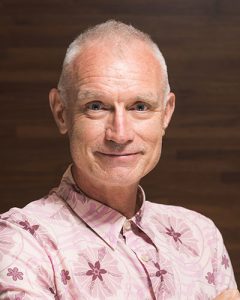
Mr. Barry Wilson
Vice President (External Affairs), HKIUD Founding Director,
Barry Wilson Project Initiatives



